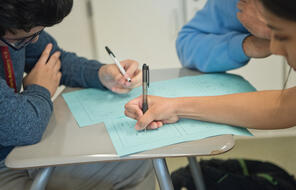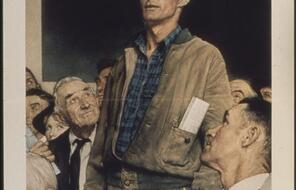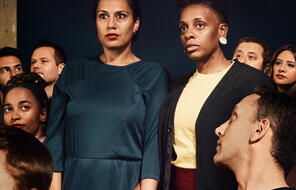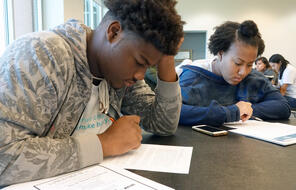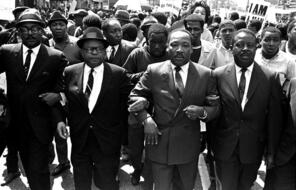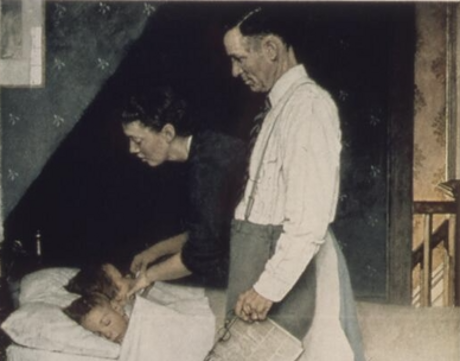
Supporting Question 1: Defining Freedom
At a Glance
Language
English — USSubject
- History
- Social Studies
Grade
6–12Duration
One 50-min class period- Democracy & Civic Engagement
Overview
About This Activity
Students explore Supporting Question 1 through a series of activities designed to help them think about the meaning of freedom in the United States. They first reflect on when they know that they and others have freedom. Next, they examine Norman Rockwell’s Four Freedoms painting series and contemporary updates to those paintings from Hank Willis Thomas and Emily Shur. They conclude by creating their own visual representation of freedom for the formative task.
Preparing to Teach
A Note to Teachers
Before teaching this lesson, please review the following information to help guide your preparation process.
Procedure
Activities
Materials and Downloads
Quick Downloads
Download the Files
Download allSupporting Question 1: Defining Freedom
Unlimited Access to Learning. More Added Every Month.
Facing History & Ourselves is designed for educators who want to help students explore identity, think critically, grow emotionally, act ethically, and participate in civic life. It’s hard work, so we’ve developed some go-to professional learning opportunities to help you along the way.
Exploring ELA Text Selection with Julia Torres
On-Demand

Working for Justice, Equity and Civic Agency in Our Schools: A Conversation with Clint Smith
On-Demand

Centering Student Voices to Build Community and Agency
On-Demand


